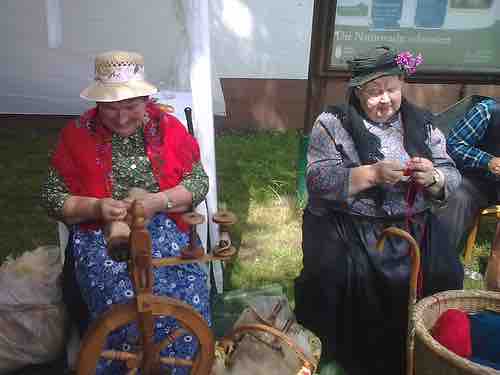The continuity theory of normal aging states that older adults will usually maintain the same activities, behaviors, personality traits, and relationships as they did in their earlier years of life . The theory considers the internal structures and external structures of continuity to describe how people adapt to their circumstances and set their goals.

The Internal and External Structures of Continuity
Older adults hold on to many of the beliefs, practices, and relationships they had in the past as they continue to age.
The internal structure of an individual - for instance, an individual's personality traits - remains relatively constant throughout a person's lifetime. Other internal aspects such as beliefs can remain relatively constant as well, though are also subject to change. This internal structure facilitates future decision-making by providing the individual with a strong internal foundation of the past. The external structure of an individual consists of relationships and social roles, and it supports the maintenance of a stable self-concept and lifestyle.
George L. Maddox and Robert Atchley are most closely associated with the continuity theory. Maddox provided an empirical description of the continuity theory in 1968 in a chapter of the book Middle Age and Aging: A Reader in Social Psychology called "Persistence of Lifestyle among the Elderly: A Longitudinal Study of Patterns of Social Activity in Relation to Life Satisfaction. " In 1971, Atchley formally proposed the theory in his article "Retirement and Leisure Participation: Continuity or Crisis? " He continued to expound upon the theory over the years, explaining the development of internal and external structures in 1989 and publishing a book in 1999 called Continuity and Adaptation in Aging: Creating Positive Experiences.
The theory is criticized primarily for its definition of normal aging. The theory distinguishes between normal aging and pathological aging, so it neglects older adults who suffer from chronic illness. The theory also fails to explain how social institutions impact individuals and the way they age.